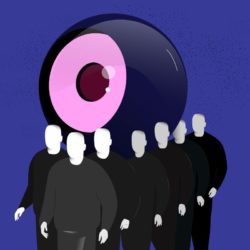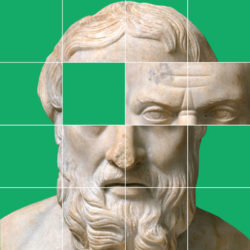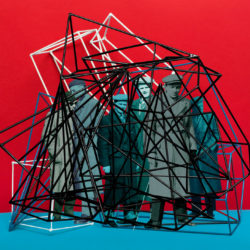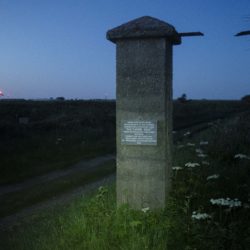
Spain
Francisco Franco’s burial ground has become a gathering place for Spain’s new wave of fascists

Spain
The Valley of the Fallen holds the remains of more than 33,000 soldiers from both sides of the Spanish Civil War
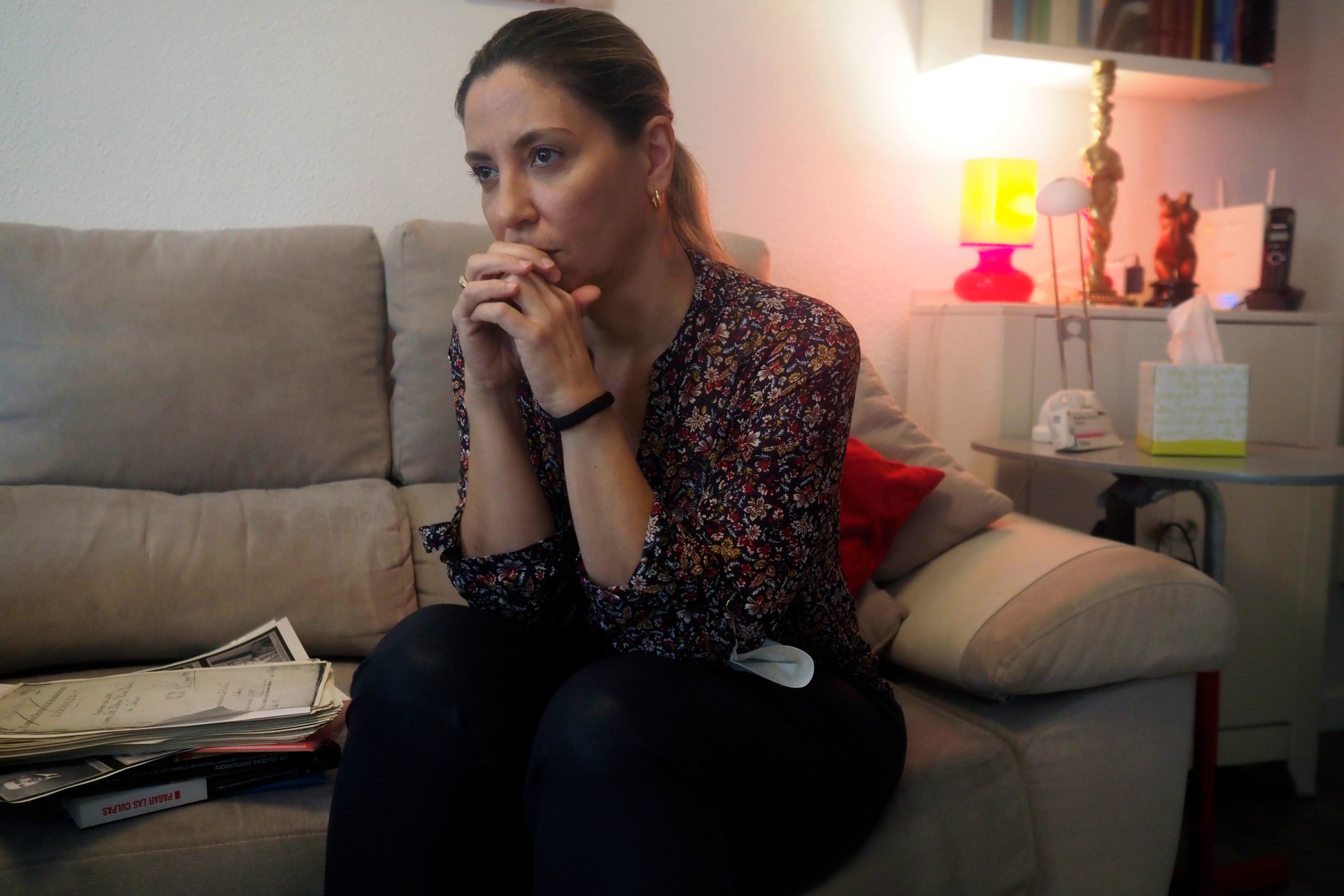
Spain
Today, family members are fighting to exhume the remains of Franco’s victims buried together with the dictator

Spain
While fascist groups oppose any changes to the mass grave

Spain
The Valley of the Fallen is at the center of Spain’s ongoing national reckoning with its past
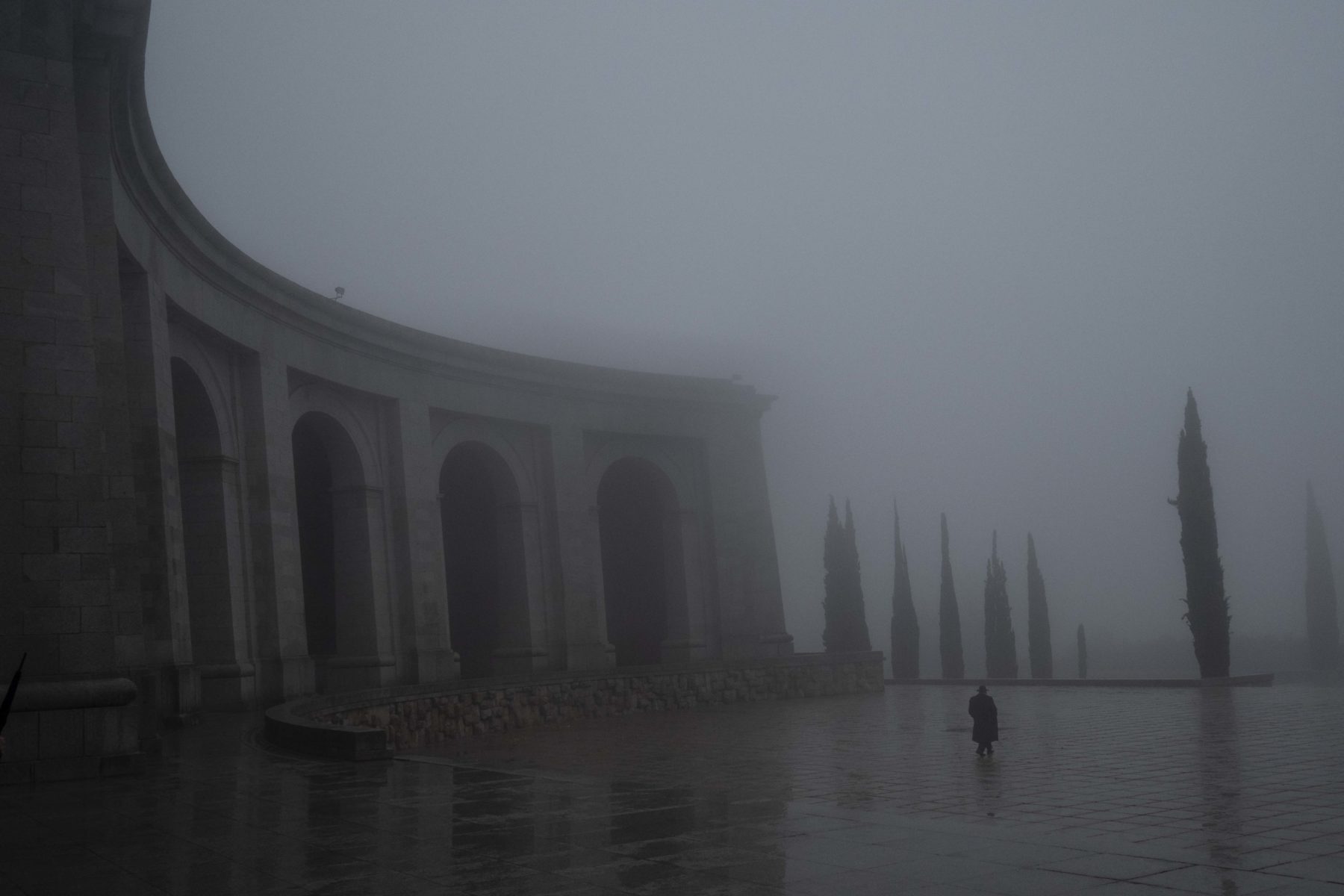
Fury and grief for Spaniards in fight to remove Franco’s murdered victims from the Valley of the Fallen
- By Isobel Cockerell
- Photos by Thomas Dworzak/Magnum Photos
- feature
On the 46th anniversary of the death of Francisco Franco, I boarded a bus with an assortment of representatives from Spain’s fringe far right. In their pockets, they had Spanish flags emblazoned with the symbol of Francoism, the eagle, now a banned image in Spain’s public places. They intended to pray for “El Caudillo” — “the supreme leader” — in a special Mass to commemorate his death.
The Big Idea: Battling history
Governments rewrite history to further their political goals. School boards insist on rewritten history textbooks to elevate elite groups or privilege favored narratives. But unsavory motives are only one aspect of the rewriting history project. Other impulses are noble, idealistic, and sincere.
All are significant and will impact our politics, international relations, social understandings, economic arrangements. This project will look at specific battles over history — but it’s never really about history.
It’s always a fight over the present.
It was a gray and chilly late November day and we were headed for the Valley of the Fallen, an enormous basilica — technically larger than St. Peter’s in Rome, though part of it was left unconsecrated so as not to compete with the Vatican — hewn out of a rock face 2,000 feet above Madrid. Its 500-foot stone crucifix marks one of the largest mass graves in the world.
The Valley of the Fallen is an unavoidable totem of the fascist dictator who overthrew Spain’s republic during the Spanish civil war and ruled over the country for more than three decades. And it is a gauge by which memorializing and forgetting that brutal period of Spanish history is measured.
And it is where, after decades of deferment, Spain’s national reckoning with its own history is convulsing. “We don’t have things settled. You can feel it in your family, you can feel it in your school, you can feel it everywhere,” said the Mallorcan artist Toni Amengual. He had exhibited a series of photos documenting the Valley of the Fallen in an exhibition called “Flowers for Franco” at Palma’s Museum of Contemporary Art this summer. “If you don’t want to fight, you don’t talk about Spanish history,” he said.
The bus began wending our way out of Madrid, shrouded in mist. Fascist civil war songs blasted over the coach speakers.
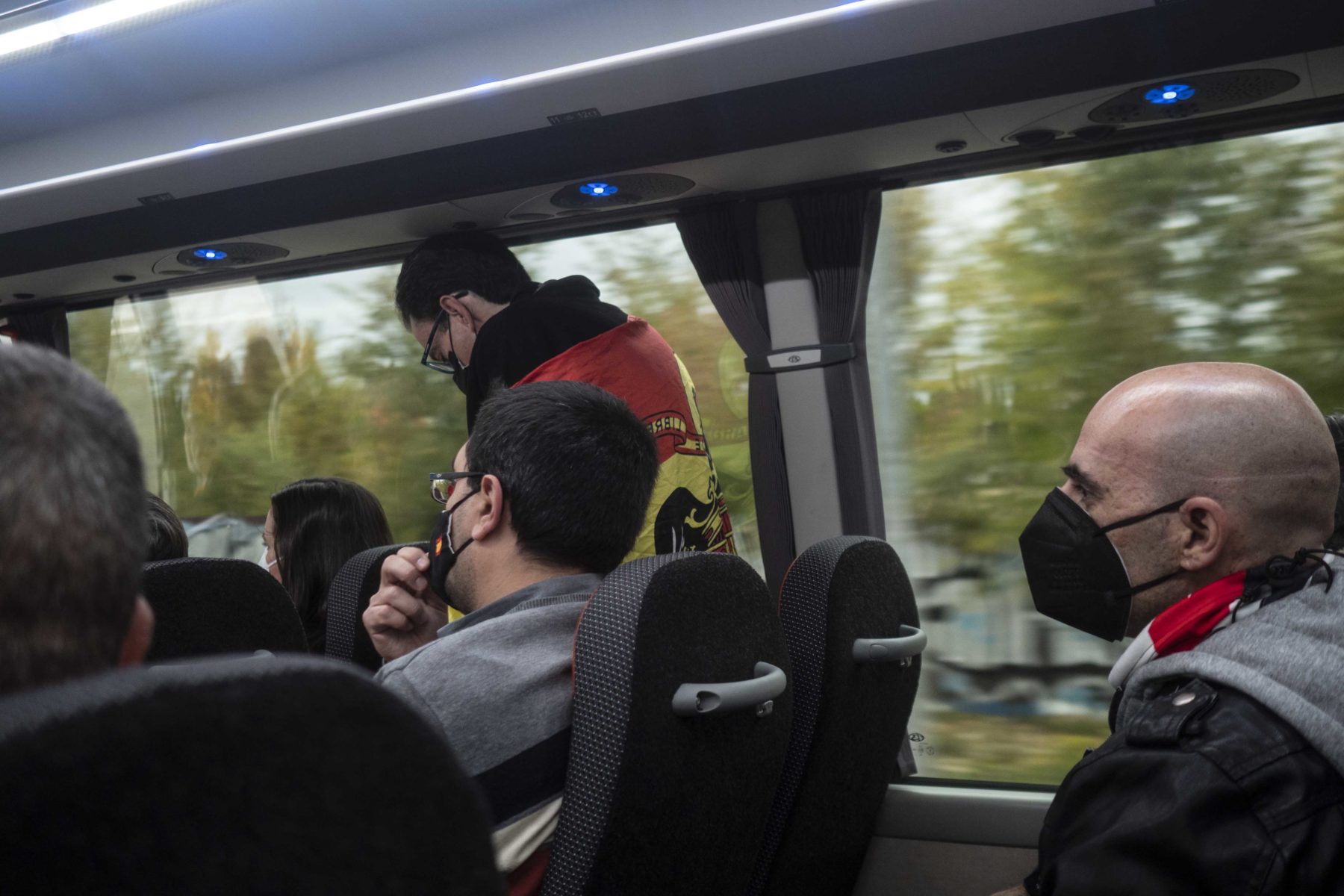
To combat once more
For Spain we know how to fight better
And will not stop until we conquer."
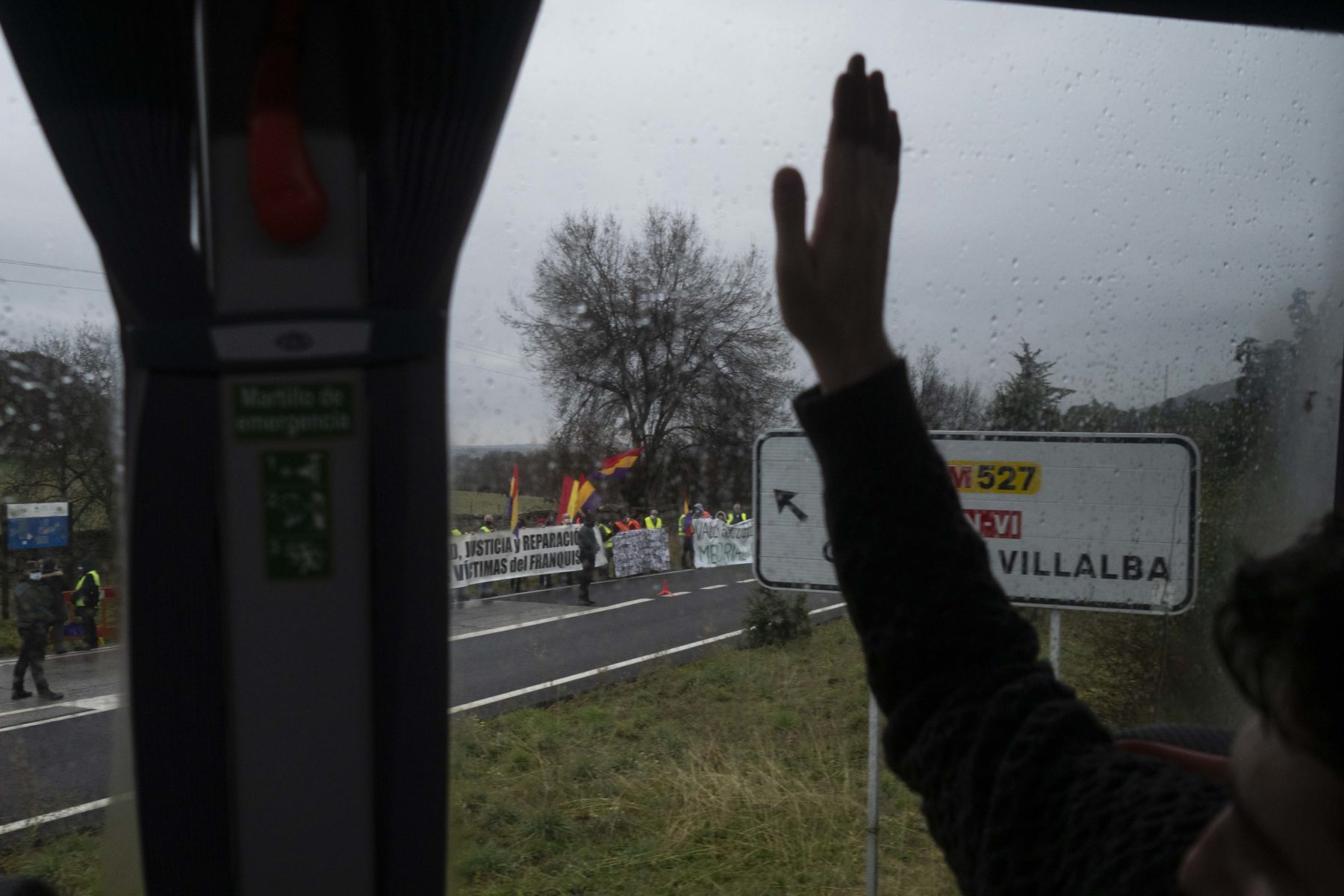
We passed the 160-foot triumphal Arch of Victory, built by Franco to commemorate the 1936 Battle of the Ciudad University, one of the most prolonged and bloody battles of the Spanish Civil War. After a stretch on the highway, the coach drove by a cordon of Guardia Civil police officers and finally passed through the Valley of the Fallen gates, beneath another double-breasted eagle, wrought into the iron.
The Valley of the Fallen holds more than 33,000 bodies within its eight crypts, civil war dead from both sides. The graves are unmarked except for Jose Primo de Rivera, the leader of the fascist Falange party. Until 2019, there was one other marked grave at the altar of the basilica: the resting place of Franco himself.
Built in the full fervor of Francoism in the 1940s and 50s, the Valley of the Fallen is a symbol of how Spain has negotiated its history of dictatorship, fascism and civil war. Built by Republican prisoners under slave labor conditions, the enormous, silent grave buried beneath the surface bears no explanation anywhere to describe what happened, who lies there, and why. In his exhibition catalog, Amengual, the Mallorcan artist, described the Valley as “a perfect metaphor for how all that part of Spanish history has been hidden.”
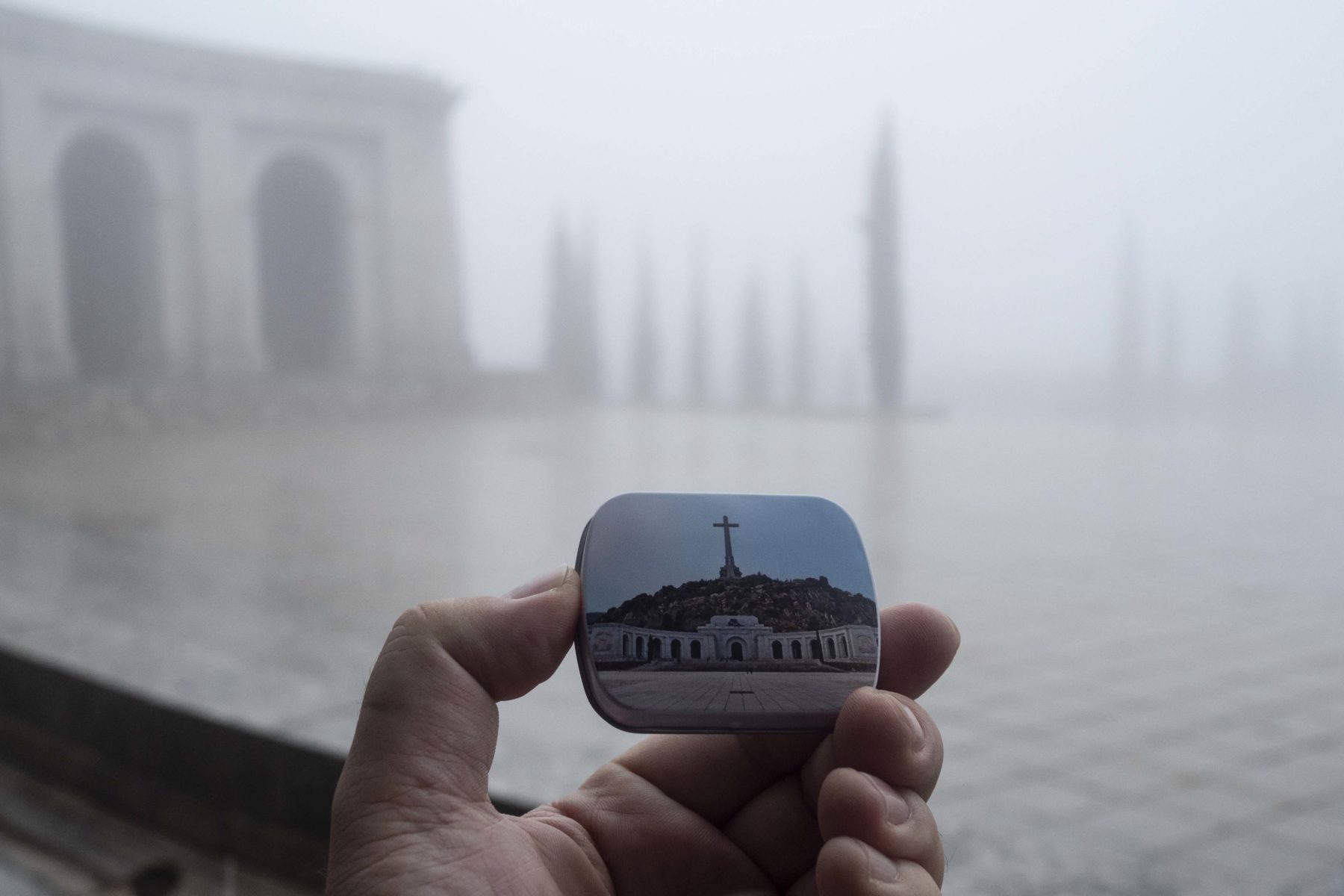
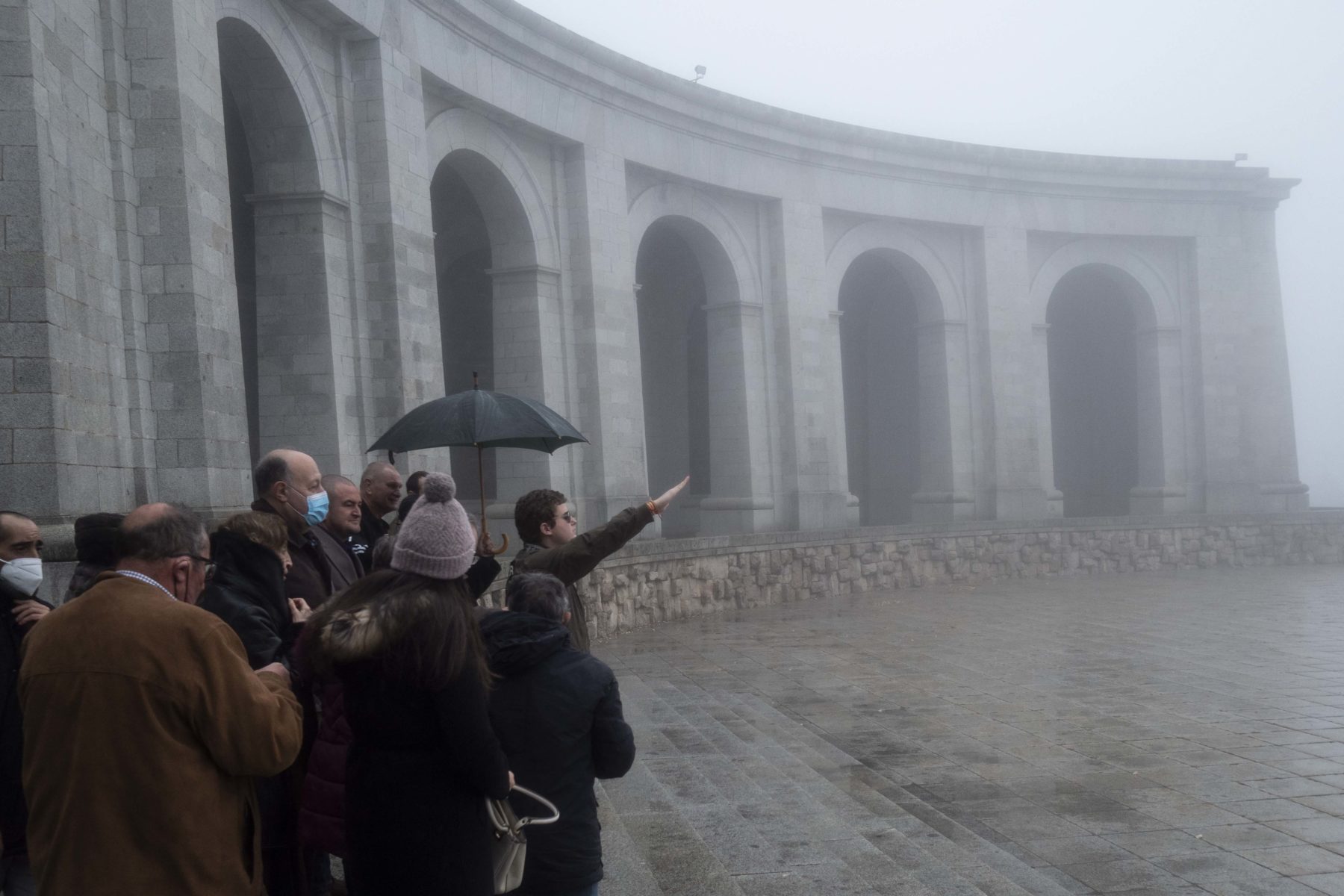


Until the 2000s, many families did not know they had relatives buried in the basilica. Every year, more people find out their family members are entombed there.
Now, a clash is underway. On one side are relatives of those buried in the grave, nominally backed by the political party of Pedro Sanchez, who has been Spain’s prime minister since 2018. For these Spaniards, remembering their relatives with dignity means finding, confirming by DNA testing, and reinterring their relatives’ remains –in a grave of their choice.
They are opposed by activists on the right, who believe the fight to disinter the bodies is a propaganda tool to distort the past for political ends. They’re backed by the Benedictine monks who live in the adjacent Abbey of the Holy Cross, who claim the exhumations are not only impossible but an affront to God’s will. And, like those on the bus, they believe the legacy of Franco should not only be remembered, but prayed for.
After the memorial Mass, the busload of Francoists assembled on the steps of the basilica’s enormous esplanade to take their annual photo. Looking out into the mist, several dozen of them do the fascist salute in unison.
Since Franco’s death in 1975, many Spanish families have lived under a code of silence — a code enshrined in an amnesty law called the “pact of forgetting.” Passed by politicians across the ideological spectrum, it prohibited any formal investigation into crimes against humanity during the civil war or under the ensuing regime. The aim was to help the country move on.
The law’s enforced forgetting has become, over the years, a way of life. The pact was intended as a means to “reconciliation” — and that’s a word that’s still used today by those who believe the darker side of Spain’s past should be left right there: in the past, and its implications forgotten and forgiven.
In recent years, forgetting and forgiving have been reconsidered. José Luis Rodríguez Zapatero, the socialist prime minister of Spain from 2004 to 2011, tried to usher in legislation called the “Historical Memory Law” to formally recognize the victims of the Civil War and the Franco regime. When Pedro Sánchez came to power in 2018, he took up the cause of the memory laws and in 2020, approved a draft bill of a new “democratic memory law” to address Franco’s legacy. The bill called for history lessons to teach high school students about the dictatorship, the removal of Francoist symbols from around the country, and the exhumation and creation of a DNA database of the civil war’s victims — including those buried in the Valley of the Fallen.

Silvia Navarro’s great uncle is buried in the Valley of the Fallen. She has been fighting to get him identified and removed for more than a decade. "In Spanish society, we are accused of reopening wounds. But those wounds have never been closed,” she told me, over coffee in her Madrid apartment. “They have always been there and continue to be there.”
Navarro, 51, a chief flight attendant, grew up in Germany, where symbols of fascism are illegal. She never understood why there was such a huge monument to Franco in Spain. Beyond that, she said, “I had not confronted myself with the issue of the Valley of the Fallen.”
That is, until she discovered her great uncle was buried there. José Antonio Marco Viedma was kidnapped from his family home and shot by a fascist mob in 1936 in the town of Calatayud. For years, Navarro’s family believed him to be buried in the town’s mass grave, though they weren’t sure exactly where. But the introduction of the Memory Law in 2007 opened the way for them to begin looking, giving them a grant to begin archeological work on the grave. The following year, a local historian told her that they were half a century too late. Viedma’s body, along with the remains of the others buried there had been moved in 1959 — to the Valley of the Fallen.

“We never knew that those remains had been transferred, nor did we give our consent,” Navarro said. From that moment, her life changed: she began a campaign lasting over a decade to find her great uncle, and to get him out.
“I didn’t expect to discover how divided and polarized society is,” she said. She thinks about the mass grave every single day. “It feels like bashing my head against a wall.”
Navarro leads a group of 16 families, all hoping to retrieve their relatives’ remains from the Valley of the Fallen. In total, there are around 100 families calling for the same thing.
She has visited the Valley of the Fallen many times during her search for her great uncle. She describes the stone reliefs on the esplanade outside the basilica, each depicting a perched eagle, the symbol of Francoism and of other Fascist movements across Europe, including Nazism. “They say this is a place of reconciliation. I don’t see reconciliation anywhere. You go in, you walk in and see two avenging angels with swords. That’s not very peaceful either. When Franco was buried there, there were so many masses held in his honor. But he was the mastermind behind the deaths of thousands of people in this country. There were always fresh flowers on his grave. But we’re not allowed to bring flowers for our relatives.”

In October 2019, sixteen months into Prime Minister Pedro Sánchez’s tenure, Franco’s remains were exhumed from the Valley of the Fallen. Sánchez’s party had campaigned for this for years, arguing it stop it from becoming a pilgrimage site for the far-right, and reframe it as a place where Spaniards could come to be educated, learn, and remember. And a place where a dictator would not lie next to his victims.
The exhumation is still a fresh memory in Madrid — it happened six months before the pandemic first hit the city. The prior of the Basilica, Santiago Cantera, blessed the coffin as it was lifted out of its tomb. Franco’s relatives carried it out of the basilica’s altar and loaded it onto a helicopter where it was flown to Mingorrubio-El Pardo municipal cemetery, north of Madrid. For Navarro, the ease and speed at which the dictator’s body was removed was painful; the fight to exhume her own relatives had taken so long, and had been so fruitless.
Franco supporters hated the removal of the dictator’s body. The Francisco Franco Foundation expressed the most virulence. “They are trying to erase the whole history of Spain from ’36 to ’75,” said former general Juan Chicharro, the foundation’s president. His 2,000 members, he said, are angry and mobilized.
I met Chicharro at the headquarters of the Francisco Franco Foundation in Madrid.The walls around us were adorned with multiple portraits of Franco, old street signs, and busts of the Caudillo. “We have a whole basement full of street signs,” he told me as we toured his office.
Chicharro argued that the current government is using the specter of Franco to distract the public from today’s issues, such as unemployment, national debt and a floundering economy. “Spain has very serious problems at the moment. And they’re talking about Franco. Franco died fifty years ago,” he said from behind his desk, as two large portraits of the general stared down on us. I pointed out the portraits. “Yes, that is because we’re in the Francisco Franco Foundation,” he said. “But you must leave history to the historians. You can’t really look at the past from today’s point of view. For example, shooting someone dead today — it’s horrible. But forty years ago — it was normal.”
Related articles: Battling History
Along with the monks of the basilica and others who are opposed to the exhumations, Chicharro also has a practical argument against removing family’s bodies from the Valley of the Fallen. “It’s completely impossible. And they know that. After eighty years the bodies are starting to mix together.”
Those who are fighting against the families’ campaign to get their relatives out of the Valley argue it is a dignified, beautiful resting place for their loved ones. Yet they also claim, like Chicharro, that exhumations would be impossible, because of the poor state of the crypts and the boxes within.
Navarro described how the monks, who live in the Valley, talk about the bodies entombed there. “They speak in these terrible, mystical terms, about the fusion of the bodies and souls of our relatives with the Valley of the Fallen. It's just so humiliating,” she said.
I heard these ideas expressed — often in the same breath — over and over again from the Franco supporters on the bus to the Valley of the Fallen and during the celebratory lunch afterwards. The lunch was at Una Grande Libre, a restaurant with its walls entirely covered by Franco portraits and fascist paraphernalia. It is owned by Xianwei Chen, an immigrant from Qingtian, China, who moved to Spain in 1999 and began to learn about Franco. His restaurant, which he began devoting to the dictator in 2013, is a favorite hangout for Spain’s far-right. “I have three children, and named one of my sons Franco. I want him to grow up to be important like Franco, and for Spain to return to his former glory,” Chen told me. “I know what it is to live under communism. It’s the worst regime in the world.”
On the anniversary of Franco’s death, the restaurant was packed with patrons, eating ensaladilla rusa, grilled pork and jamon, and singing Francoist anthems, doing the salute and chanting:


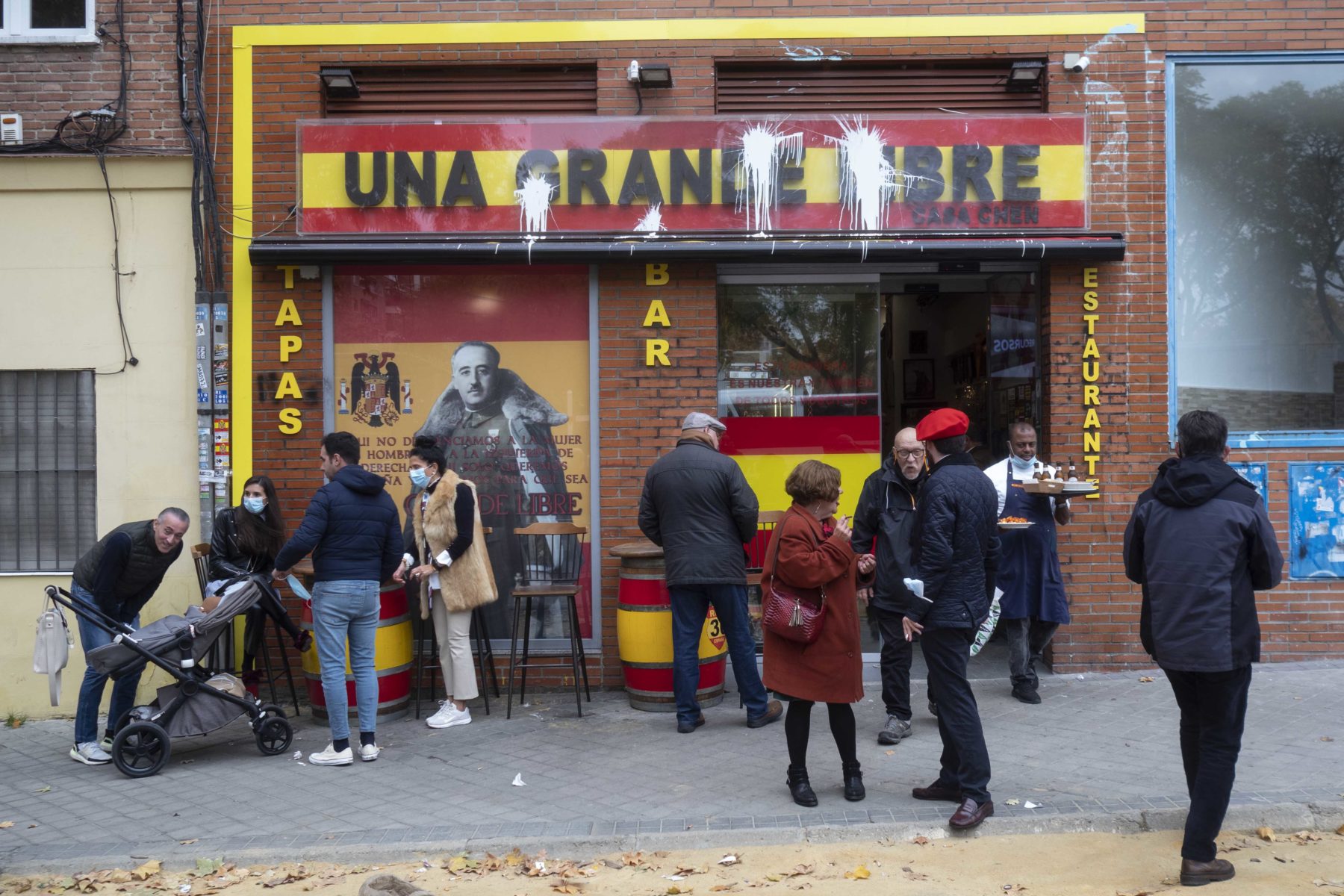

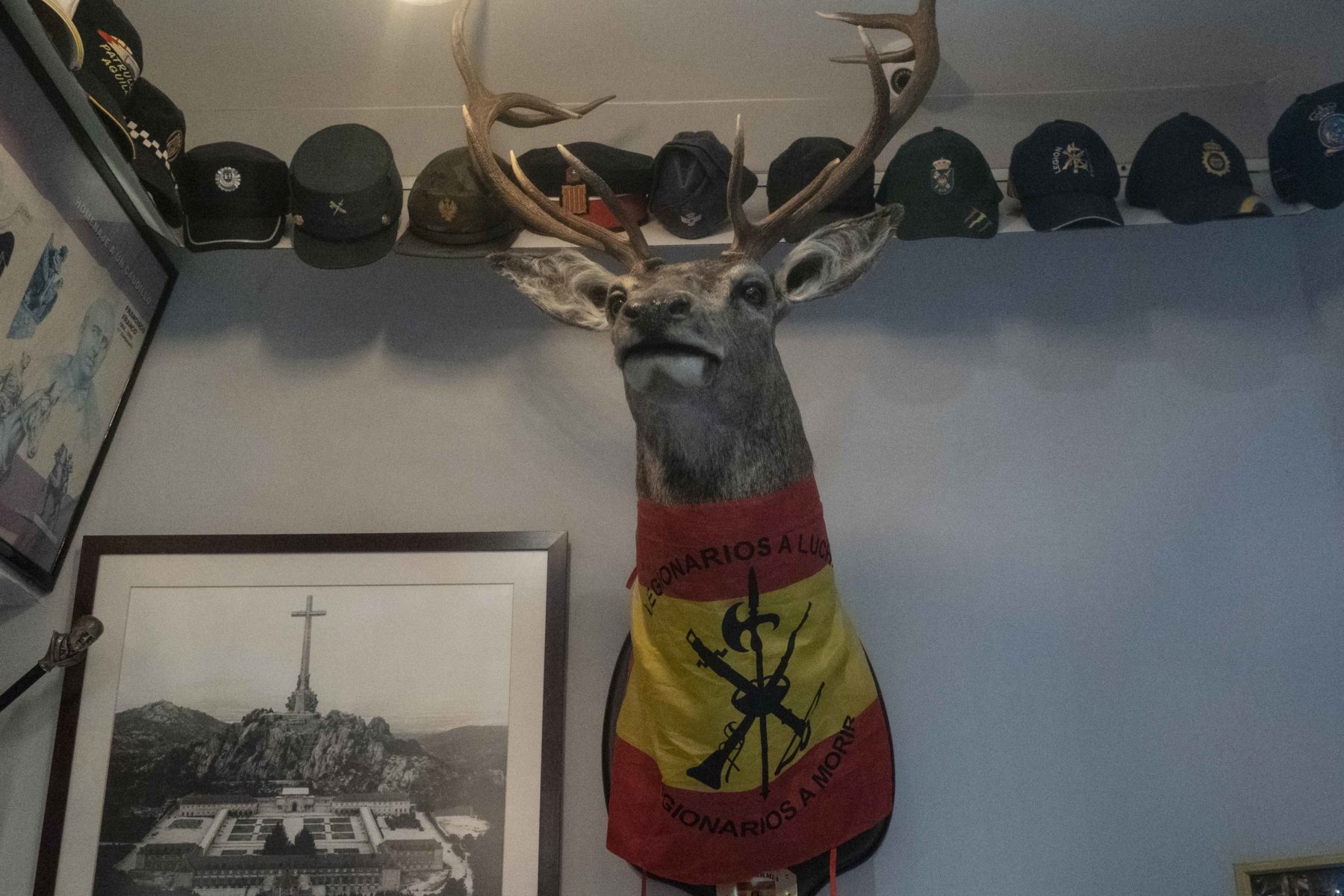
The Franco regime began its vast project to bring bodies buried across the country to the Valley of the Fallen in the 1950s. It meant they had to disinter the mass graves that were littered all over Spain. The undertaking was so comprehensive that graves from as far afield as the Canary Islands, off the coast of Africa, were dug up and shipped back to Spain. Of the estimated 33,000 people buried there, around 18,000 graves are thought to be that of Republican fighters — those who battled against Franco and Fascism in the Civil War.

María de los Ángeles Méndez Sandamil, 70, always thought her uncle, José Luis Sandamil Penas, who died in 1939 in the Battle of Brunete during the defense of Madrid, was buried in a site just outside the capital, in the town of Collado Villalba. But she didn’t know for sure and decided when she retired to spend her time finding out what had happened to his remains. When she visited the town and its cemetery, she found nothing. “Nobody knew anything.”
Eventually, she found a lead: an old man, who ran a grocery store in the town, remembered something. “He told us that when he was little, he saw bodies being taken out of the grave and being loaded onto a truck. He said to us “surely your uncle is in the Valley of the Fallen.”

Méndez Sandamil went back to the city hall, this time with Navarro, who has been helping families look for their relatives. Only when Navarro posed as a student doing research did city hall give them the documentation showing that in May 1961, her uncle had been dug up and taken to the Valley of the Fallen.
Fausto Canales, 87, can remember fragments of the Spanish Civil War. “I remember the sound of bombs,” he said. “I remember planes passing over; explosions. Yes, I have memories of it.” He was five years old when he first became conscious that he didn’t have a father.
His father, Valerico Canales Jorge, was shot and killed in August 1936, when Canales was two. After decades of searching, Canales found out that his father’s body had been dumped in a well, before being removed and taken to the Valley of the Fallen in the spring of 1959. Canales now knows exactly where he lies in the building. He showed me a photograph, taken in 1959, of the boxes from all over Spain being loaded into one of the basilica’s crypts. On the side of one box, is the name of the place where his father’s remains were disinterred. “I don’t want him in there for another minute,” he said.

At the Madrid apartment of artist and filmmaker Manuel Correa, I watched as he navigated through a 3-D model of the Valley’s crypts. The real crypts are sealed off to the public, and the monks of the basilica guard them rigorously. Exploring the crypts virtually is the closest we can get to going inside.
Correa works in conjunction with Forensic Architecture, a research group at the University of Goldsmiths, in London, that uses architectural techniques to investigate state violence and human rights violations around the world.
I had imagined a great, terrible pit — a mass of bones. What Correa shows me is more organized: a five-story crypt, with staircases linking each floor, and stone rooms where the boxes are stored. There are eight of these crypts, each leading off the chapel on either side of the basilica. “So it’s not underground, then?” I ask — before remembering that the Valley of the Fallen’s entire basilica is all underground, hacked out from a rock face. What the model also doesn’t convey is scale. Each of its enormous crypts contains thousands of bodies.
Exhumations, Correa explained, are complicated, but not impossible. He described how while crypts the lower levels, where conditions are more damp, are thought to be in bad condition, but that higher up, the boxes are intact, and though exhumations wouldn’t be simple, they were practicable.
Along with a team of forensics and a small group of families, Navarro herself has been down to the crypts in 2010 and 2019. On the first trip, the forensics teams cut a window into the wall of one of the lower crypts. The families were greeted with a grisly sight.
“What did you see?” I asked.
“Boxes. Broken boxes. Bones coming out of the boxes. Human remains mixed in with the boxes.”
She showed me photos of that first visit. A dark space, in which bones were spilling out of flimsy, half-decomposed plywood boxes.
The sight of those bones brought home for Navarro the enormous difficulties involved in trying to get a single person’s remains out of a sixty-year-old mass grave containing 33,000 skeletons. When they returned in 2019, the forensic team opened a window onto one of the higher levels, where the families were relieved to see the boxes there were intact. “Nothing is impossible,” Navarro said. She described the bigger obstacle she is battling: “lack of political will.”
Several days before the 2021 anniversary of Franco’s death, a Madrid court blocked the process of the exhumations from beginning, thereby suspending an agreement reached in June by the government to start accessing the tomb.
“The truth is, we have learned to expect little or nothing,” said Navarro.
Long after wars, atrocities and terrorist attacks, DNA testing of human remains has been crucial in helping find closure and justice for families after their relatives were killed – and helping countries collectively come to terms with what happened: In Argentina, DNA testing has been rolled out in an effort to identify some 30,000 disappeared victims of the country’s “dirty war” in the 1970s and 80s. In the United States, 9/11 victims are still being identified from the remains recovered from the wreckage at ground zero. Identifying the DNA of victims of Bosnia’s genocide was a key part of the investigations into its perpetrators.
But while countries have embraced DNA testing of bodies as a national project to help victims’ families, in Spain the process has been fraught with stalling and sustained opposition.
That opposition may be able to run out the clock. Many of the relatives pushing for a dignified transfer of bodies out of the Valley of the Fallen are in their twilight years.
Méndez Sandamil, the woman who is spending her retirement looking for her great uncle’s remains, still keeps hair and blood from her late mother, in the hope that one day, it might be used to identify her uncle.
When I met Canales, his elder brother, and last living relative to remember his father, was gravely ill in hospital. When I asked him last week how his brother was doing, Canales told me: “we buried him last Sunday.”
The story you just read is a small piece of a complex and an ever-changing storyline that Coda covers relentlessly and with singular focus. But we can’t do it without your help. Show your support for journalism that stays on the story by becoming a member today. Coda Story is a 501(c)3 U.S. non-profit. Your contribution to Coda Story is tax deductible.
